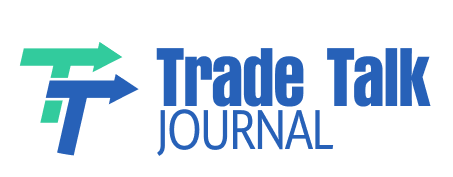Federal Reserve officials signalled caution on cutting interest rates, emphasizing the need for further progress on inflation before making adjustments, according to minutes from their January meeting released Wednesday.
Policymakers cited concerns over President Donald Trump’s proposed tariffs and their potential impact on consumer prices, indicating that trade policy changes could complicate the Fed’s efforts to bring inflation under control.
The Federal Open Market Committee (FOMC) unanimously decided to hold the federal funds rate steady after three consecutive cuts in 2024, which had reduced rates by a full percentage point.
While the Fed acknowledged that monetary policy is now less restrictive than before, officials stressed that current conditions allow them time to evaluate economic trends before taking further action.
Members of the committee noted that inflation while showing signs of moderation, remains above the Fed’s 2% target.
The committee noted that the current policy is “significantly less restrictive” than it had been prior to the rate cuts, giving members time to evaluate conditions before making any additional moves.
Trump tariffs could complicate inflation fight
One of the biggest uncertainties discussed during the meeting was the potential inflationary effect of Trump’s trade policies.
The president has already imposed some tariffs but recently suggested expanding them further, including a 25% duty on automobiles, pharmaceuticals, and semiconductors.
Such measures would escalate trade tensions and potentially lead to higher costs for businesses and consumers.
FOMC members highlighted these risks, noting that firms in various industries have already indicated they would pass on higher input costs to consumers.
The meeting summary underscored concerns over “potential changes in trade and immigration policy,” which officials said could pose “upside risks to the inflation outlook.”
Market analysts believe that if tariffs drive up prices significantly, the Fed may delay cutting rates longer than expected.
While financial markets are currently pricing in a rate cut by July or September, the Fed has made no firm commitments.
Officials appear content to adopt a wait-and-see approach, assessing inflation trends before making further moves.
Tax cut expectations and reduced regulations could boost investment
Despite concerns over inflation and trade disruptions, Fed officials acknowledged that certain policy changes under Trump’s administration could support economic growth.
Expectations of tax cuts and reduced regulations were noted as factors that could boost business investment and hiring.
However, inflation data remains mixed.
Consumer prices rose more than expected in January, signalling persistent cost pressures, while wholesale price trends showed signs of easing.
These conflicting signals reinforce the Fed’s cautious stance.
Fed Chair Jerome Powell has refrained from speculating on how Trump’s proposed tariffs will influence inflation.
Other Fed officials, however, have expressed concerns that prolonged trade disruptions could force the central bank to maintain higher rates for an extended period.
With the federal funds rate currently set between 4.25% and 4.5%, the Fed is in no rush to make immediate changes.
The coming months will be crucial in determining whether inflation slows enough to justify further rate cuts or if economic uncertainties, including trade policy shifts, keep the central bank on hold.
The post FOMC minutes show Fed cautious on rate cuts as tariff-led inflation concerns persist appeared first on Invezz

